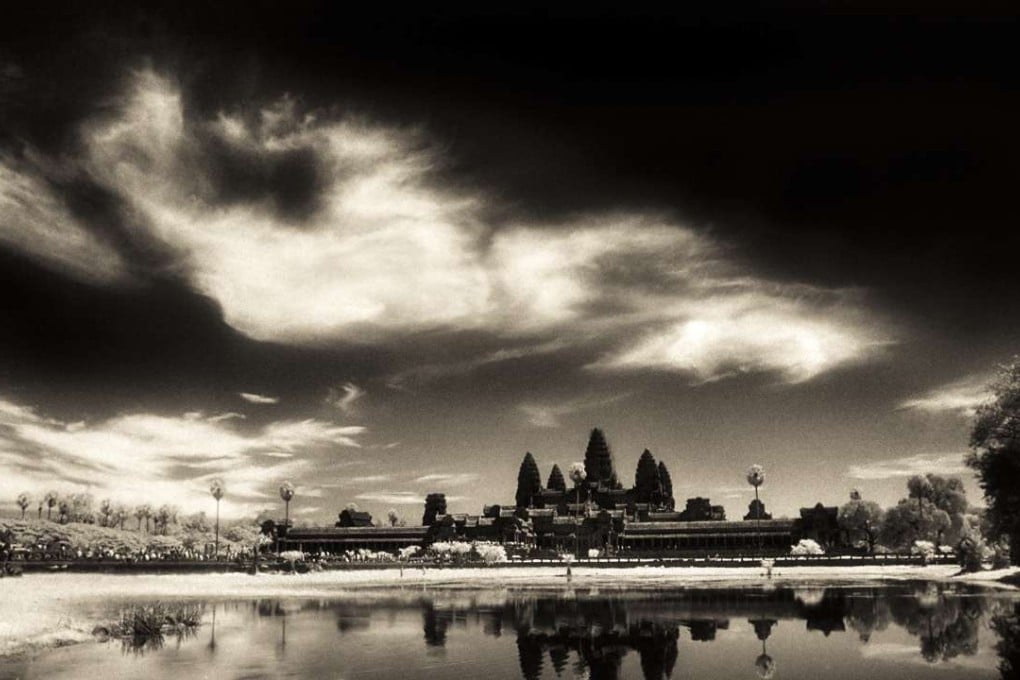The Ansel Adams of Angkor: photographer’s unique take on ancient Khmer capital
American John McDermott’s use of infrared film captures an otherworldly perspective of the Cambodian temple complex


Like the late, great Ansel Adams, whose black-and-white landscapes of Yosemite are defining images of that Californian national park, John McDermott’s photography is strongly tied to a place. The 61-year-old’s iconic depictions of Cambodia’s Angkor (within which is wonder-of-the-world Angkor Wat) are dreamlike and otherworldly, and yet also capture what one feels when visiting.
With ghostly monks climbing sandstone steps towards the heavens, 20-metre-high gates looming from primeval jungle, mysterious structures (lairs of the gods, perhaps) floating on seas of cloud, and tentacle-like tree roots consuming temples lost in time, McDermott’s are the defining images of the temples, with The New York Times dubbing him “the unofficial court photographer of Angkor”.
Hailing from Little Rock, Arkansas, McDermott today lives in Siem Reap (bustling entry-point city for tourists visiting the sprawling Angkor Thom complex) with his American wife, Narisara Murray, and their two young children, Mars and Rose. He discovered his 12th-century muse, however, back in 1995, when working for a Bangkok-based magazine. That year, McDermott visited Angkor Wat for the first time to experience a total solar eclipse.
“A magical place for a magical event,” he says.
The photographer had been experimenting with specialist film sensitive to infrared light, which is invisible to the human eye. Images captured with infrared film have an ethereal quality: leaves on trees appear luminous, skies darken moodily, the orange robes of monks fluoresce tungsten white, and light sometimes bleeds to give objects supernatural-looking auras.